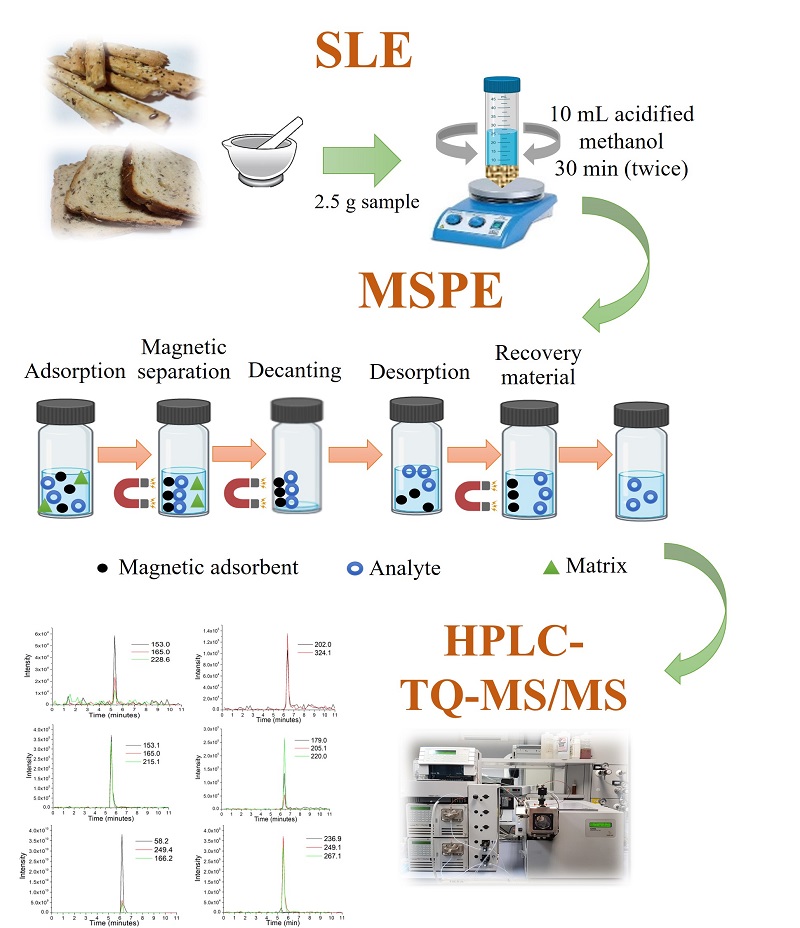Writing / Abel Verard
Last Friday, March 25, the I Conference of Young Researchers of the Spanish Society of Mass Spectrometry (I JJI-SEEM), in which the researcher Gema Casado won the award for the best poster communication for her work entitled "Quantification of opiate alkaloids in food by magnetic solid phase extraction and analysis by liquid chromatography coupled to mass spectrometry triple quadrupole.
In these first conferences, held in Miraflores de la Sierra (Madrid), predoctoral and postdoctoral students and young researchers from our country have been able to share their latest research related to mass spectrometry and learn about the latest advances and trends in both instrumentation and its different fields of application.
In the work presented by Gema Casado, an optimized and validated method was shown to analyze six opiate alkaloids in bakery samples. To do this, as Gema herself explains, "a magnetic material was synthesized and characterized to purify the extract before analysis and thereby eliminate possible matrix effects that could cause erroneous results or further deterioration of the equipment."
After validation, the method was applied to real samples of bakery products and the concentrations obtained confirmed that the content of opiate alkaloids can decrease considerably with the thermal processing of foods.
However, two of the sliced breads analyzed exceeded the maximum limit recently established in Regulation (EU) 2021/2142 regarding the maximum content of opiate alkaloids in bakery products that will come into force next June 2022, which shows the need to continue researching in this field and controlling the presence of opiates in these food samples.
This work has been carried out thanks to the funding received in the EVALKALIM project in which the research group in Analytical Chemistry applied to the environment, food and drugs (GQAA-MAF) of the Rey Juan Carlos University, directed by Dr. Isabel Sierra, has been researching for the last few years.




